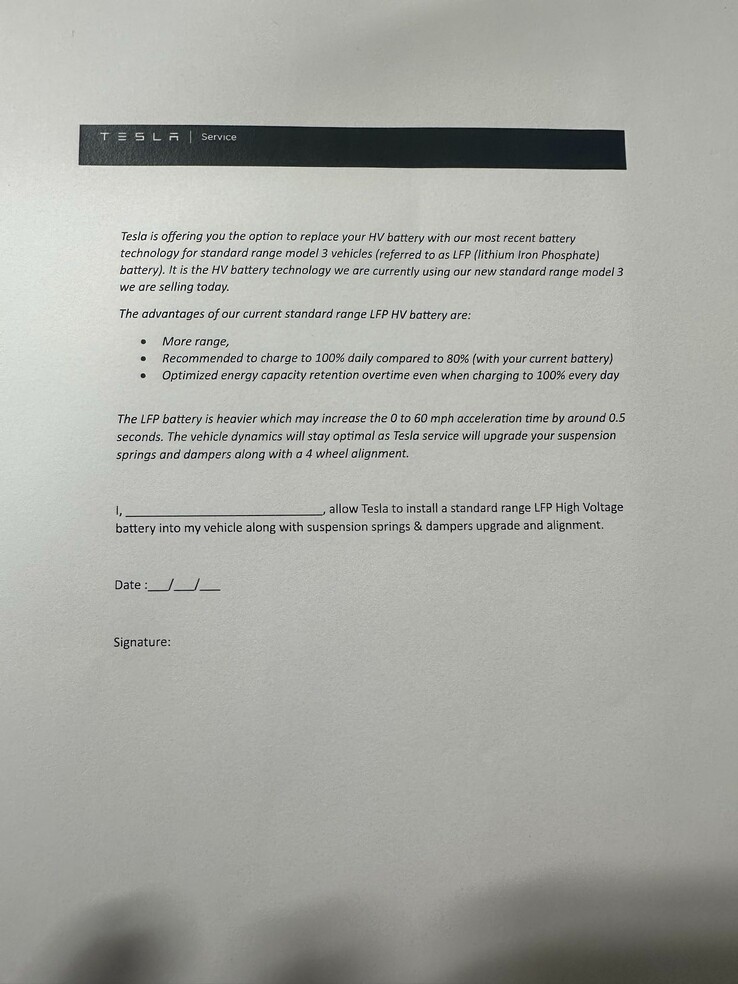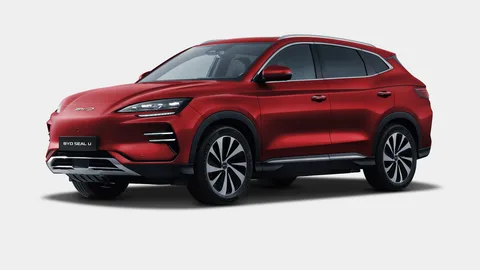Older Model 3 batteries can be converted by Tesla to the more recent phosphate packs seen in models such as the RWD Highland.
Owners who want warranty replacements for their Model 3 batteries are receiving letters advising them to either buy a new LFP pack immediately or wait several weeks for a new battery made with Panasonic 2170 cells, which are based on nickel.
Tesla notes that because the new iron phosphate battery packs are heavier, this will have a minor negative impact on the Model 3’s 0–60 performance, but it also offers to replace the car’s suspension springs for free.
But there are a lot of other benefits to the more recent LFP chemistry than cost. To begin with, it is more stable and safer, enabling it to be charged to 100% every time without degrading excessively.
With just this, you can get a longer battery life than with the 2170 nickel packs, which Tesla recommends charging to 80% in order to avoid early aging. Panasonic recently revealed that it is developing improved 2170 cells with a higher energy density, which it plans to start providing to Tesla in 2025 or later this year.
Tesla uses them in the long-range Model 3 and Model Y versions that it sells in the US, but it will take a while until it would offer the enhanced 2170 cells as a retrofit. In the meantime, the LFP battery swap offer awaits everyone who will be in for a warranty replacement.






